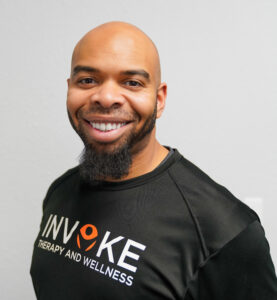
Cheerleading is a sport that more than 3.5 million athletes participate in. Most of these athletes are girls between the ages of 6-17 years old. Cheer occurs in multiple settings scholastic or non-scholastic be it STUNT, traditional, gameday support or other. and multiple different methods of competition. This variety of settings and conditions likely contributes to cheers divergence from the norms when it comes to injuries. Most other sports experience lower extremity injuries as the primary cause of lost play time. At 31% of all reported injuries concussion is the most prevalent injury that cheerleaders are experiencing. 69% of those concussions are from stunting, 16% from pyramids, and 9% from tumbling. 1
Concussions have finally been receiving the attention they deserve as potential life/career altering injuries if severe or frequent enough. Most of those injuries 59%, came from contact with other athletes, 38% from contact with the ground. Consistent with other athletes, most of these injuries occur during practice. Beyond the concussions the other most injured areas for cheerleading differ from the rest of sports. The head and neck are the most injured area at 43% of all reported injuries. Ankle is next at 12%, wrist/hand at 9%, and the trunk at 8%.1 This differential reflects that unique power, flexibility, decision making, and force absorption demands placed on these athletes.
The types of musculoskeletal injuries that cheer athletes are most likely to encounter are ligament sprains, muscle strains, and bony fractures. Over 65% of the time these are overuse injuries and could have been completely avoided. Most of these injuries result in a loss of participation of 1-3 weeks! Cheerleading puts a high number of demands on its athletes, and these demands vary significantly with the position of the athlete and nature of the event. However, cheerleaders’ association with other sports has relegated to being regarded as not a sport in the eyes of many including the courts regarding title IX.
This mistaken identity is a key component to the injuries. Cheerleaders are athletes through and through. Their approach to their sport should be the same as all other athletics. Practices need to incorporate strength and conditioning programs to prepare athletes for the challenges they are expecting. Beyond the norm cheerleaders need to incorporate decision making and emphasize resilience and neuromuscular control more than most other sports.
Improving these vital qualities will better prepare individual athletes to do what is required of them. Increased strength and power facilitate safer and better stunting. Resilient muscles and a better brain body connection facilitate better tumbling and tosses both for the fliers and bases. Knowing where your athletes are relative to the norms for strength and power is the first step to planning to address any deficits. Utilizing technology to quantify the athlete’s decision-making speed and reflexes gives you a solid base to build and improve from.
At Invoke Therapy and Wellness we can get you the numbers that will answer those questions. We can bring our assessment technology to your team and help you to improve the performance and safety of you athletes by revealing where their potential weaknesses and limitations are so your coaches can get them the right exercise program to turn them into another strength. Schedule with us at Invoke today to get a detailed assessment of balance, strength, power, mobility, and reflexes. Use the data to gameplan strength and conditioning, practice, or even recovery. Get ahead of injuries before they happen!
Dr. Roger Cato Jr, DPT
- Safety in Cheerleading: Epidemiology and Recommendations: Policy Statement Greg Canty, MD, FAAP,a Jennifer King, DO, FAAP,b COUNCIL ON SPORTS MEDICINE AND FITNESS

